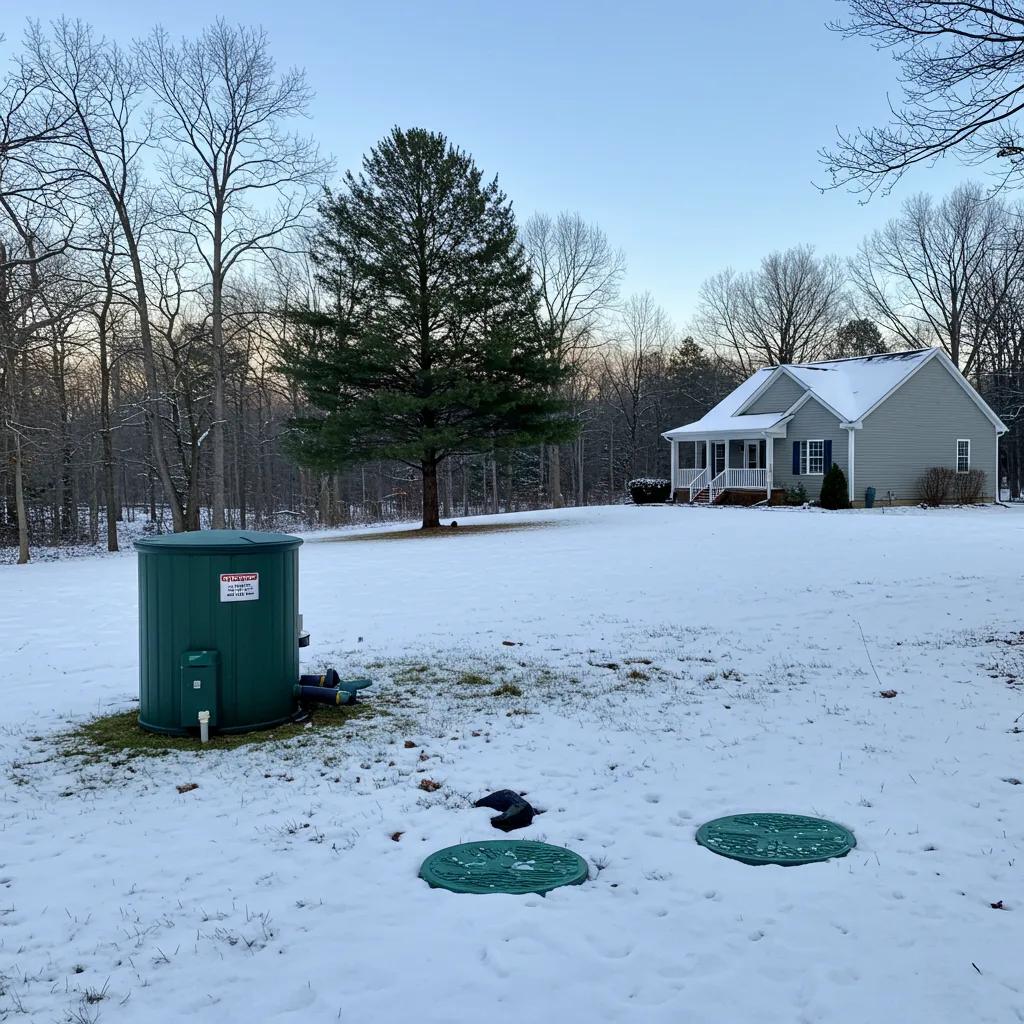When it comes to septic tank care, homeowners need the right tools and knowledge. Smart Septic Pros, your reliable septic partner in Acworth and Metro Atlanta, provides essential septic services. From septic tank pumping to repairs and installations, they’re here to guide you through maintaining a healthy septic system with an essential septic tank inspection checklist for homeowners. In addition to providing essential septic services, Smart Septic Pros also offers valuable tips and resources on their website to help homeowners understand the importance of regular maintenance. When it comes to choosing a septic company, it’s crucial to find one with a proven track record of reliability and expertise in the industry. Smart Septic Pros, your reliable septic partner in Acworth and Metro Atlanta, sets itself apart by offering top-notch customer service and a team of knowledgeable professionals dedicated to keeping your septic system in optimal condition.
Ready to dive into the world of septic tank inspections? Keep reading to discover the steps, tips, and insights that ensure your septic system remains efficient and trouble-free.
Key Takeaways
Essential Steps for Septic Tank Inspection at Home
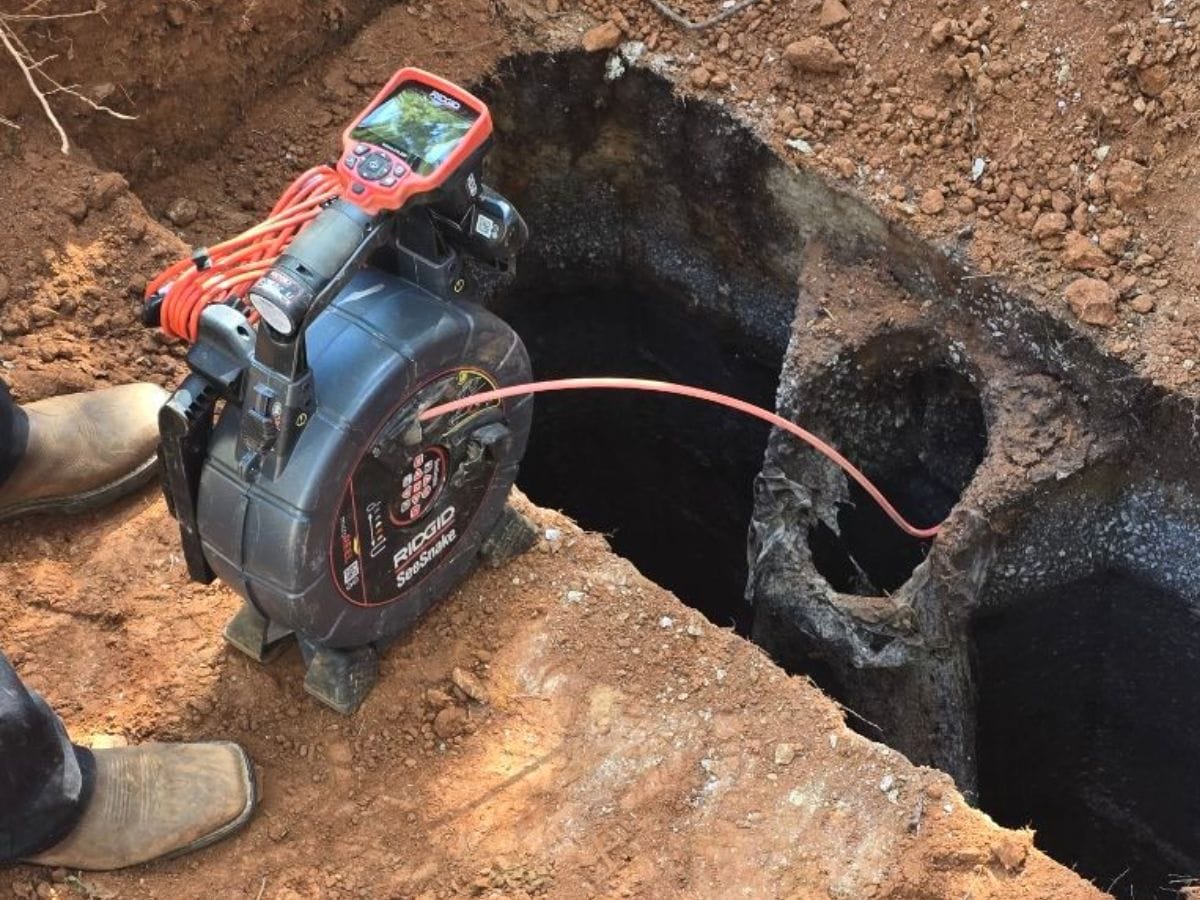
Understanding the essential steps for septic tank inspection can help homeowners maintain their systems effectively. Recording findings and planning regular maintenance while understanding septic tank pumping frequency will keep the septic system running smoothly for years to come, leading to fewer headaches down the road.
1. Locate Your Septic Tank
To kick off the septic tank inspection checklist, customers need to accurately locate their septic tank. Often buried underground, the tank’s location can depend on past construction plans and homeowner modifications. Having this information handy not only simplifies the inspection but also ensures that effluent is properly managed for a healthier system.
2. Check for Any Visible Signs of Damage
During a septic tank inspection, homeowners should carefully examine the area around the inlet and outlet pipes for any visible signs of septic tank repairs. Cracks or wear might not only signal possible tank failure but could also pose a hazard to the groundwater quality. Addressing these issues promptly is crucial to complying with local regulations and protecting the environment.
3. Measure the Scum and Sludge Layers
Measuring the scum and sludge layers is a key part of the septic tank inspection process. This evaluation helps determine how much waste is building up in the tank, which can affect the septic tank pumping of the overall workflow of the septic system. If the layers reach the outlet pipe, there’s a risk of clogging and potential soil contamination, leading to septic tank repair problems if not addressed in time.
4. Inspect the Tank and Pipe Connections
Inspecting the tank and pipe connections is vital for maintaining a septic system. A thorough visual inspection can help homeowners identify any issues, such as leaks or blockages, that may affect the flow of wastewater. Using Smart Septic Pros during this process ensures safety and accountability, while automation tools septic tank repairs can make the inspection more efficient, especially when checking the drain lines.
- Locate the septic tank for inspection.
- Check for any visible signs of damage.
- Measure the scum and sludge layers.
- Inspect the tank and pipe connections.
5. Evaluate the Drain Field for Saturation
Evaluating the drain field for saturation is crucial in a septic system inspection checklist. Homeowners should look for signs of standing water or unusually green grass, as these can signal issues with drainage. Using a mobile app to track any changes can help keep tabs on the system’s health over time and make it easier to spot corrosion or other problems before they escalate. If saturation is detected, a professional recommendation from Smart Septic Pros may be to septic tank pumping the system to ensure proper function and longevity.
6. Record Findings and Plan Maintenance
After completing the inspection, homeowners should ensure to record their findings for future reference. contact Smart Septic Pros. An inspector might note conditions related to the septic tank pumping and overall system performance, which can be crucial for not just the current health of the property but for its long-term maintenance. Planning regular maintenance based on these observations will help prevent costly septic tank repairs down the line, keeping the septic system working efficiently.
Now that you know what to look for during a septic tank inspection, it’s time to get your home ready for the process. Preparation can make a big difference, so let’s jump into how you can set the stage for a smooth inspection! Contact Smart Septic Pros
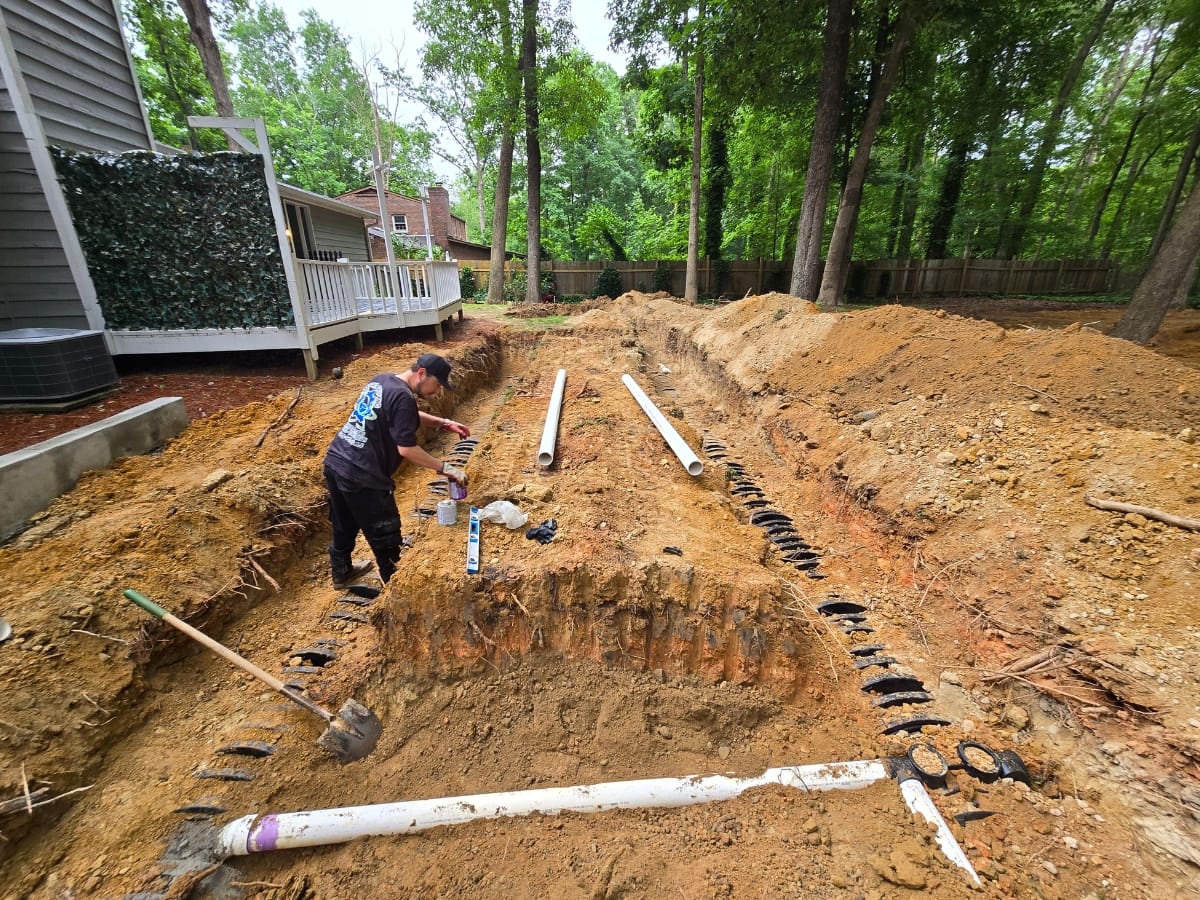
Preparing Your Home for a Septic Tank Inspection
Preparing for a septic tank inspection can make the process smoother and more efficient. Homeowners should start by gathering all relevant documents and records related to their septic system, such as maintenance logs and original installation plans. Taking the following steps sets the stage for a successful and informative inspection.
Gather Necessary Documents and Records
To effectively prepare for a septic tank inspection, homeowners should gather all necessary documents and records related to their septic system. This includes septic tank repairs logs, previous inspection reports, septic tank installation plans, and original installation plans. Having this information readily available can help the inspector assess the system’s history and condition more accurately.
- Collect maintenance logs.
- Find previous inspection reports.
- Locate original installation plans.
Clear the Area Around the Septic Tank
Homeowners should take the time to clear the area surrounding their septic tank before an inspection. Removing any obstacles like shrubs, debris, or furniture ensures that the inspector has easy access to the tank for a thorough assessment. A clean work area not only speeds up the process but also helps prevent any accidental damage to the tank and its components.
Ensure Easy Access to the Septic System
Ensuring easy access to the septic system is a key factor in having a smooth inspection. Homeowners should remove any items like planters or outdoor furniture that might block the path to the septic tank. By doing so, inspectors can assess the tank without having to maneuver around obstacles, making the process quicker and more efficient.
| Preparation Step | Action Required |
|---|---|
| Clear the Area | Remove any obstacles blocking the septic tank. |
| Notify Others | Inform household members about the inspection. |
| Safe Work Environment | Avoid any activities that could disrupt the area around the septic tank. |
Notify Household Members of the Inspection
Notifying all household members about the upcoming septic tank inspection is an important step that shouldn’t be overlooked. By keeping everyone in the loop, homeowners can prevent any unexpected disruptions and ensure that the inspection proceeds smoothly. It is also a great way to remind all family members to avoid using plumbing fixtures during the scheduled inspection time.
| Preparation Step | Action Required |
|---|---|
| Notify Others | Inform household members about the inspection. |
| Safe Work Environment | Avoid any activities that could disrupt the area around the septic tank. |
Avoid Using Harsh Chemicals Before Inspection
Before a septic tank inspection, it’s wise for homeowners to steer clear of harsh chemicals. These substances can interfere with the natural balance of bacteria in the tank, possibly leading to inaccurate assessment results. By keeping the system free from strong cleaners and additives, the inspection can provide a clearer picture of the septic system’s overall health.
With your home ready for the inspection, it’s time to uncover what might be lurking beneath the surface. Let’s delve into the common issues that can arise during a septic inspection and how to spot them early!
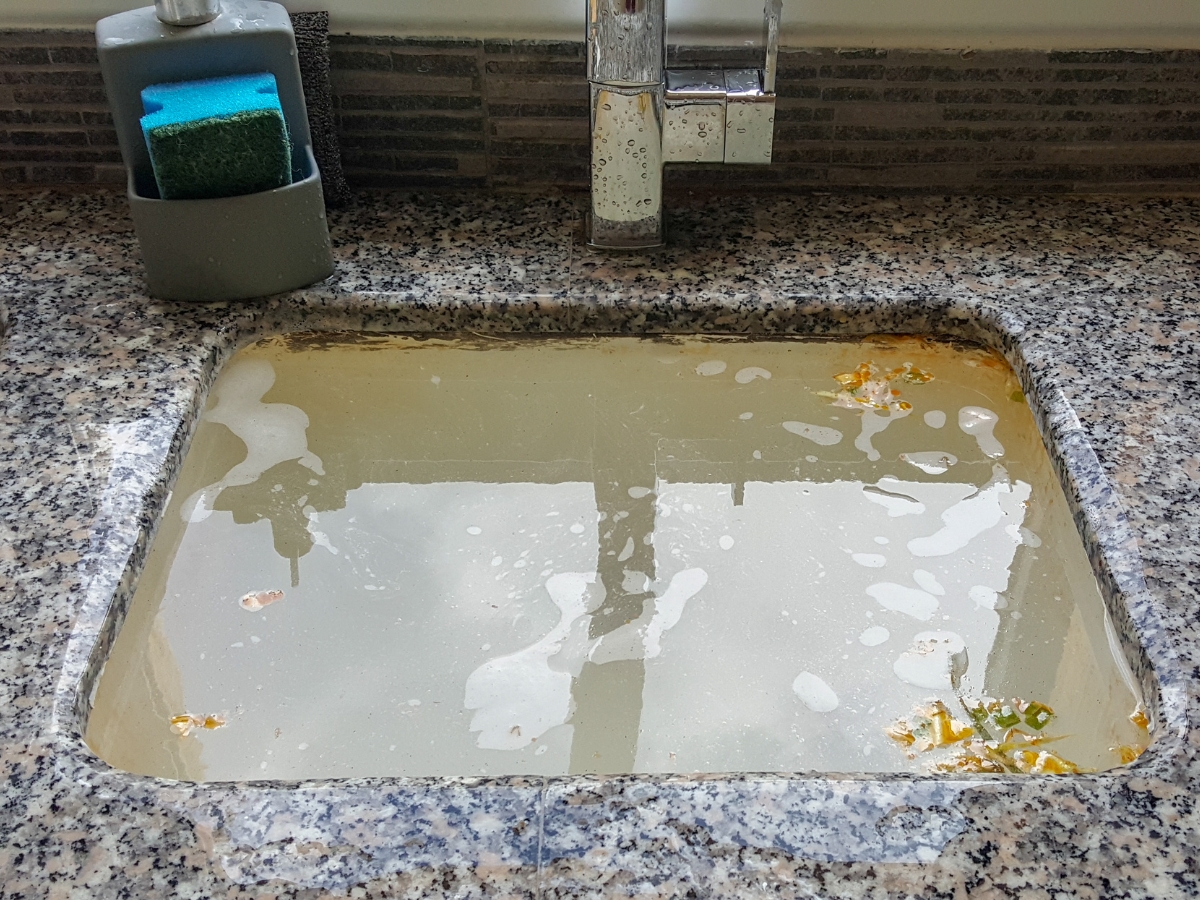
Identifying Common Issues During Septic Inspections
During a septic tank inspection, homeowners should be on the lookout for several common issues that can signal trouble for their system. Being aware of these warning signs can save homeowners from more significant headaches down the line.
Signs of Backups or Overflows
Homeowners should be alert to the signs of backups or overflows in their septic systems. Common indicators include slow-draining sinks and toilets, which can suggest that waste cannot move freely through the pipes. If water begins to pool around the septic tank or in the yard, it often points to more significant issues that require immediate attention.
Leaks in the Tank or Drain Field
Leaks in the tank or drain field can cause significant issues for homeowners. If a leak occurs, it may lead to reduced efficiency in the septic system and can also pose a risk to the surrounding environment. Early detection and prompt action are essential to avoid costly repairs and potential contamination of groundwater.
- Monitor for signs of water pooling in the yard.
- Check for unusual odors around the septic area.
- Inspect the tank and drain field regularly for wet spots.
- Consider a professional assessment if a leak is suspected.
Blockages in Inlet or Outlet Pipes
Blockages in the inlet or outlet pipes can cause major issues for a septic system. Homeowners should keep an eye out for slow drainage, which indicates that wastewater is struggling to flow through the pipes. If left unchecked, these blockages can escalate, potentially leading to system backups and costly repairs.
Abnormal Odors Around Septic System
Abnormal odors around the septic system are a red flag that something might be wrong. Homeowners should pay attention to any foul smells, as they could indicate a leak or a malfunction in the system. Ignoring these odors can lead to bigger problems and potentially harmful situations for both the property and the environment.
Understanding the common issues found in septic inspections is just the first step. Next, it’s time to decode your septic inspection report and grasp what it really means for your system!
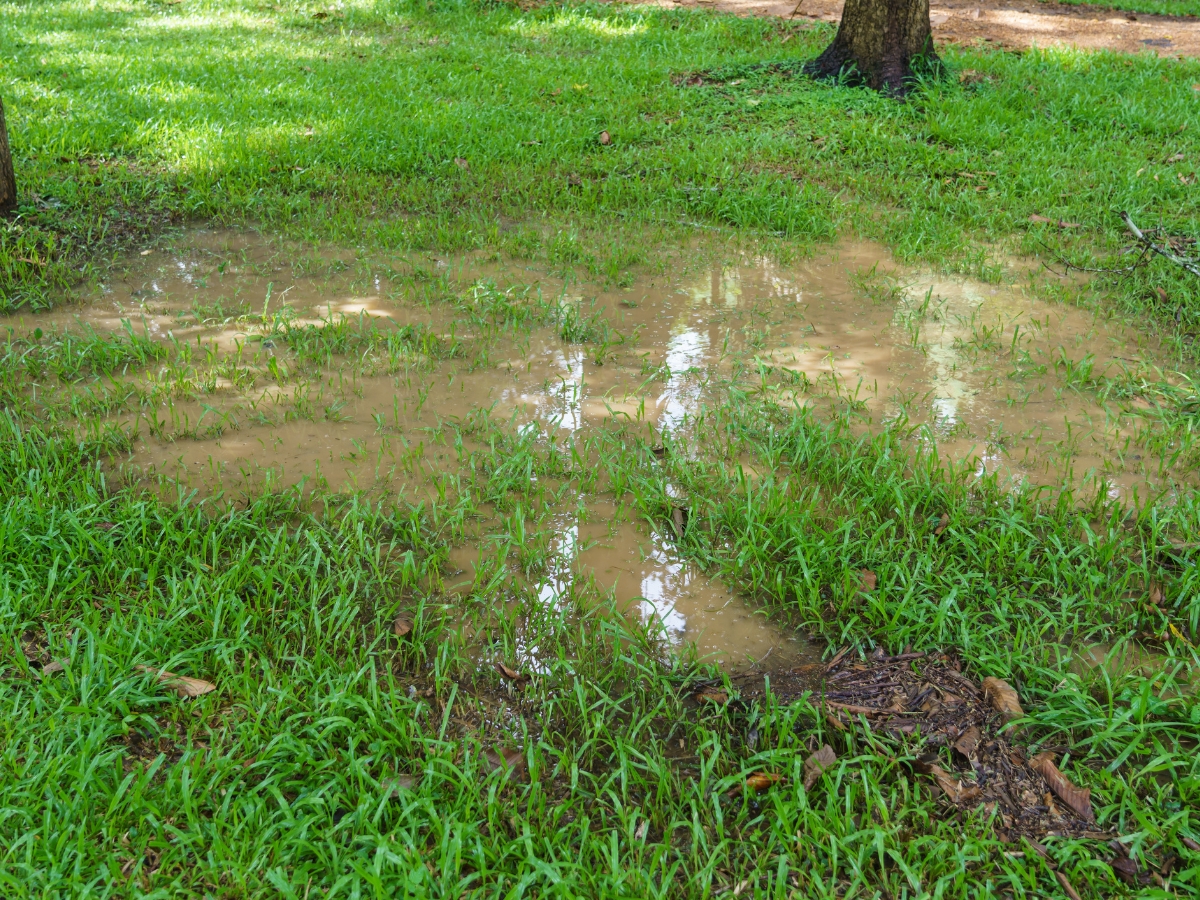
How to Read Your Septic Inspection Report
Reading a septic inspection report can be straightforward when homeowners know what to look for. The report often includes essential recommendations for repairs or maintenance that can prevent future issues. Determining when to schedule the next inspection based on the findings helps keep the septic system running smoothly, ensuring peace of mind for years to come.
Understanding Tank Condition and Capacity
Understanding the condition and capacity of the septic tank is vital for homeowners after an inspection. The report often details how much waste the tank can hold depending on septic tank size and its current status, providing a clearer picture of its operational efficiency. If the tank‘s capacity is nearing its limit, it may signal the need for pumping or maintenance to avoid potential backups.
Interpreting Drain Field Performance Metrics
Interpreting drain field performance metrics is essential for homeowners to understand how well their septic system manages wastewater. The inspection report typically details factors such as the absorption rate, moisture levels, and any signs of clogging in the drain field. Keeping an eye on these metrics helps identify potential problems early, allowing for timely interventions and maintaining system efficiency.
Homeowners can look for these key performance indicators:
- Absorption rate of the soil.
- Moisture levels in the drain field.
- Signs of any blockages or saturation.
Recommendations for Repairs or Maintenance
After reviewing the septic inspection report, homeowners should pay close attention to any recommendations made for repairs or maintenance. Addressing these suggestions promptly can help avoid larger issues down the line, ensuring the system remains in good working order. Regular maintenance and timely repairs pave the way for a reliable and efficient septic system.
- Prioritize repairs highlighted in the inspection report.
- Schedule routine maintenance to prevent future problems.
- Follow up on any suggested professional assessments.
Planning Your Next Inspection Timeline
Establishing a timeline for the next septic inspection is vital for maintaining system health. Homeowners should consider how often the system is used and any recommendations from the previous inspection report. It’s generally a good idea to schedule an inspection every one to three years, depending on household size and system specificities:
- Evaluate the current condition of the septic system.
- Consult the previous inspection report for insights.
- Decide on a frequency based on household usage.
- Set reminders for the next inspection date.
Armed with insights from your septic inspection report, homeowners can take proactive steps. Let’s dive into a straightforward DIY septic inspection guide to keep your system running smoothly!
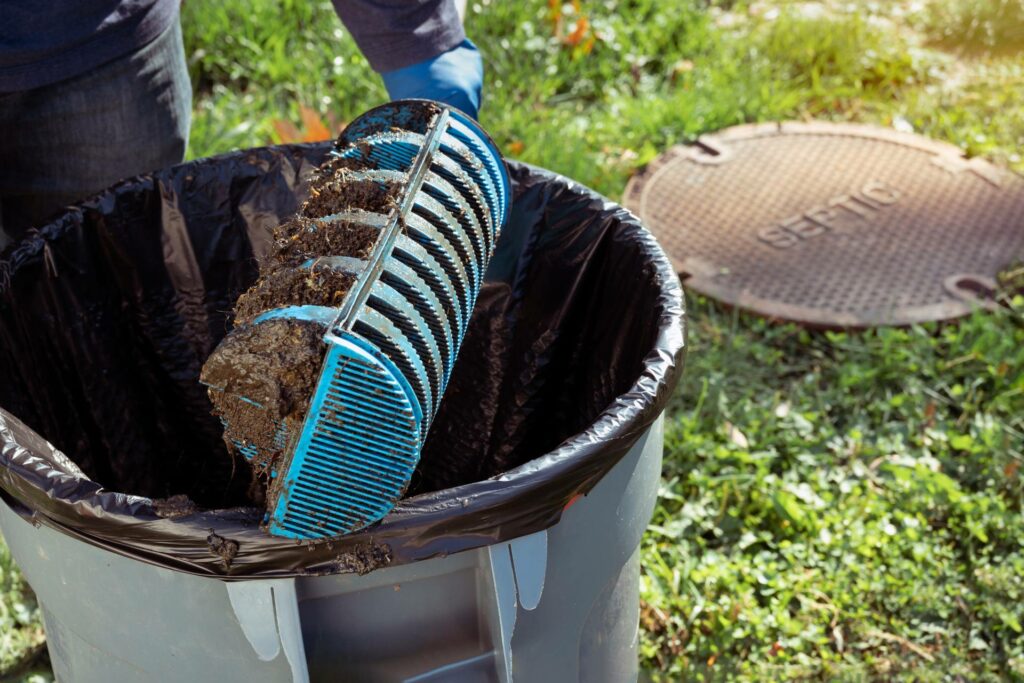
DIY Septic Inspection Guide for Homeowners
Homeowners looking to take charge of their septic system can find value in a DIY septic inspection. With the following guidelines in mind, homeowners will feel empowered to confidently conduct their inspections.
Safety Tips for Conducting Your Inspection
When conducting a DIY septic inspection, safety should always come first. Homeowners should wear gloves and goggles to protect against harmful bacteria and chemicals that may be present around the tank. It’s also wise to work with a partner, as having an extra set of hands can make the inspection process smoother and safer.
To ensure a thorough inspection, homeowners should also be aware of their surroundings and the potential for hazardous materials in unmarked areas. Turning off electrical circuits when working close to the tank can be an important precaution as well. Properly preparing the inspection area sets the stage for a successful and safe assessment:
- Wear gloves and goggles for safety.
- Have a partner help during the inspection.
- Avoid working alone in unmarked areas.
- Switch off electrical circuits near the tank.
Tools You’ll Need for a Basic Inspection
For homeowners ready to tackle a basic septic inspection, having the right tools on hand makes a difference. Essential items include a flashlight for checking dark nooks and crannies, a shovel for locating the septic tank if it’s buried, and a ruler or measuring stick for evaluating sludge layers. Additionally, gloves and goggles are a must to ensure safety throughout the process as they protect against potential hazards.
Step-by-Step Guide for a Simple Visual Check
To kick off a simple visual check, homeowners should start by inspecting the area around the septic tank. They should look for any signs of surface disturbances like wet spots or unusual vegetation that might indicate leaks. Next, a close examination of the tank’s surface for cracks or damage can reveal potential problems before they escalate.
After assessing the tank itself, homeowners should check the access points as well. They need to loosen any covers, making sure there aren’t obstructions that could interfere with the overall function. An easy glance at the inlet and outlet pipes will help spot any abnormalities or signs of wear, which can be crucial for maintaining a healthy system.
Finally, once the visual assessments are complete, it’s a good idea to make note of any concerns observed during the check. Logging these observations will allow homeowners to keep track of their septic system’s health over time and prepare for any necessary professional inspections or maintenance actions.
When to Call a Professional Inspector
Homeowners should consider calling a professional inspector if they notice persistent issues with their septic system, such as ongoing slow drainage or unpleasant odors around the property. If there are visible signs of leaks or damage, it’s best to rely on an expert to diagnose and resolve the problem properly. Additionally, scheduling a professional inspection after heavy rainfall or flooding can help ensure that the system remains functional and safe.
Seeing the results of your DIY inspection can be empowering, but the real journey begins with maintenance. Keeping your septic system in top shape will ensure it serves you well for years to come!
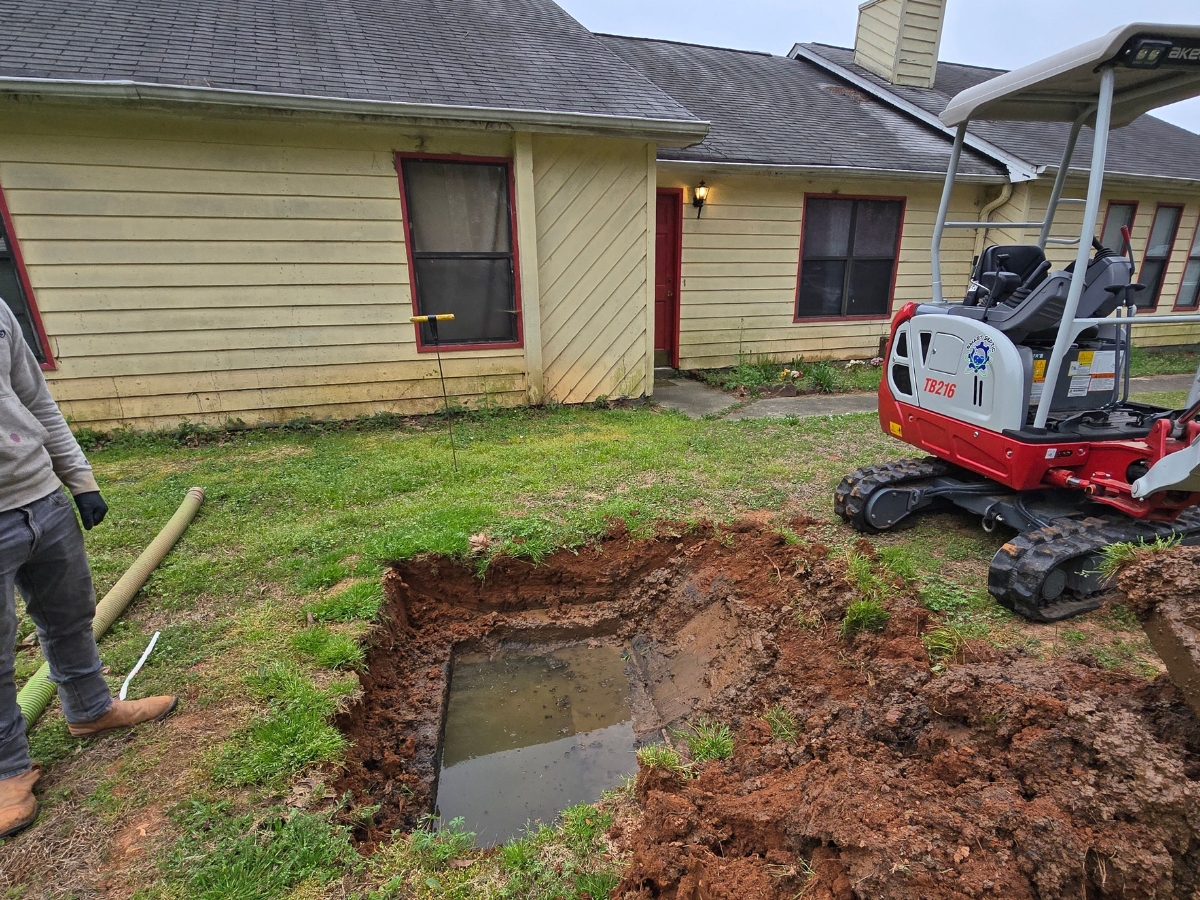
Maintaining Your Septic System Post-Inspection
After completing a septic tank inspection, homeowners should focus on maintaining their systems effectively to ensure longevity and efficiency. Keeping the following considerations in mind allows homeowners to take proactive steps in caring for their septic systems.
Schedule Regular Pumping and Maintenance
Homeowners should prioritize scheduling regular pumping and maintenance for their septic systems. This proactive approach not only prevents clogs and backups but also extends the life of the system by keeping it in optimal working condition. By staying on top of these tasks, homeowners can avoid costly repairs and ensure their systems operate smoothly for years to come.
Best Practices for Prolonging Septic System Life
To prolong the life of a septic system, homeowners should practice mindful water usage. This means spreading out heavy water-consuming activities throughout the week to prevent overwhelming the system. Additionally, finding alternatives to harsh chemical cleaners can significantly benefit the natural bacteria that help break down waste, leading to a healthier septic environment.
Regularly inspecting the drain field and the surrounding area adds another layer of protection to septic health. Homeowners can watch for signs of issues such as puddling or unusually lush grass, which could indicate underlying problems. Catching these signs early allows for timely intervention, helping to avoid major repairs down the line.
Limiting the use of garbage disposals can also have a beneficial impact on the septic system’s efficiency. By reducing the volume of food waste entering the system, homeowners can help maintain appropriate levels of bacteria that break down solids. This practice not only simplifies the tank’s workload but can also contribute to a longer-lasting system.
Monitoring Water Usage to Prevent System Overload
Homeowners should keep a close eye on their water usage to avoid overloading their septic systems. Simple adjustments, like staggering laundry loads or spreading out showers, can make a big difference. Being mindful of how much water gets used daily ensures the system remains effective and can help prevent costly repairs down the line.
Products to Avoid in Septic System Households
In households with septic systems, it’s critical to avoid certain products that can disrupt the balance of beneficial bacteria needed for breakdown. Strong chemical cleaners, such as bleach and antibacterial soaps, can kill these essential microbes, leading to inefficiency in waste processing.
Homeowners should also steer clear of flushing anything besides human waste and toilet paper, as foreign items like feminine products and harsh chemicals can cause blockages and increase maintenance needs.
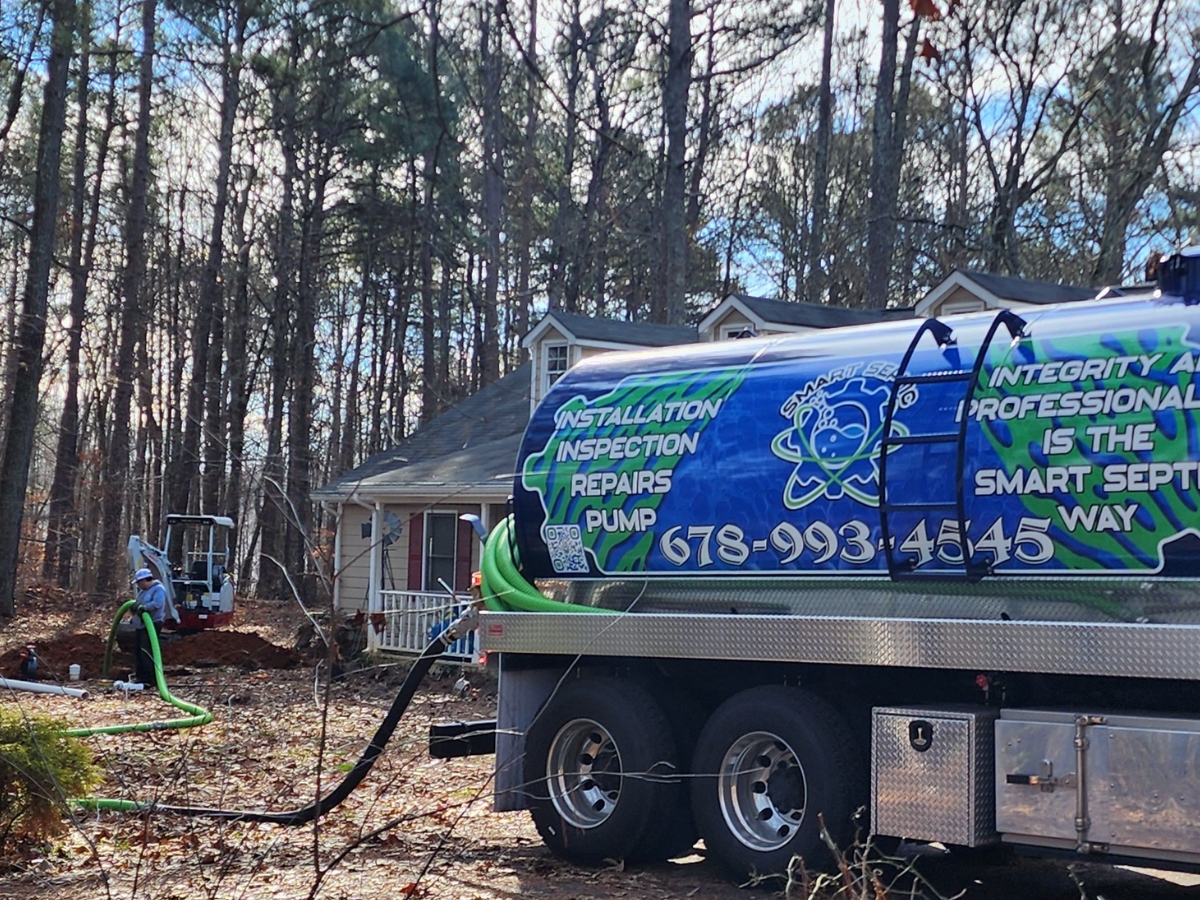
Conclusion
An essential septic tank inspection checklist empowers homeowners to maintain their systems effectively and prevent costly repairs. Regular checks reveal potential issues like leaks, blockages, and overflows that could lead to significant damage.
By following these inspection steps and staying proactive with maintenance, homeowners can ensure their septic systems run smoothly for years. Ultimately, this diligence protects both the property and the environment from septic-related problems.


